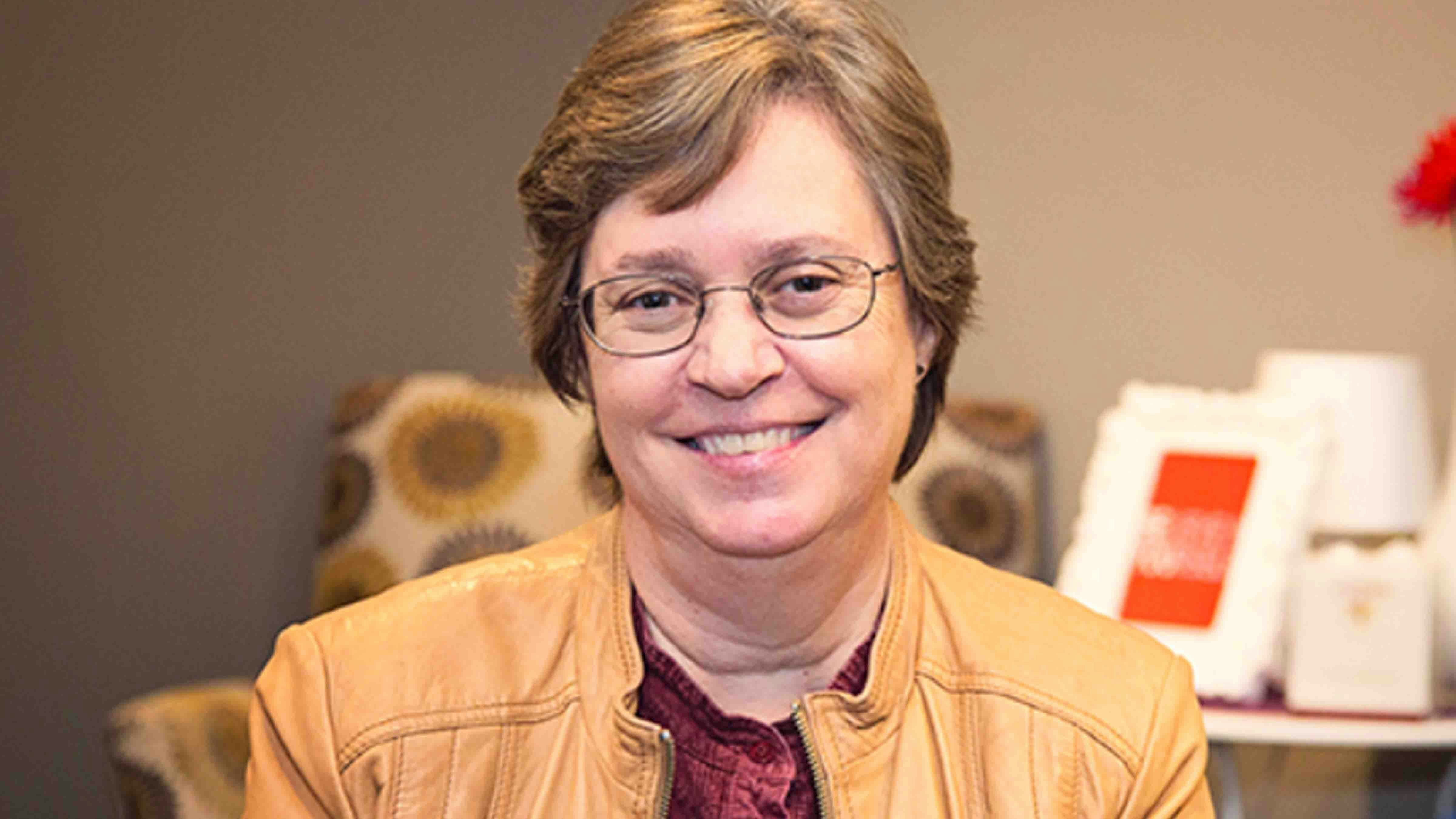Bill Markley “died” on the battlefield at Gettysburg but he also “lived” through the Indian Wars of “Dances with Wolves.” These are the kinds of things that give a writer material for future publications. And in fact, Bill has written of these experiences.
Bill has also walked the ground where Geronimo lived and he dug through the archives searching for details into the lives of Wild Bill Hickok, Buffalo Bill Cody, Wyatt Earp, Frank and Jesse James, and Billy the Kid.
Dakota Epic is the first book Bill wrote and as he says is “a cleaned-up version of my daily journal I kept during the filming of Dances with Wolves.” Before taking part in the filming as an extra, Bill had already been keeping a journal, so writing about the experience “just naturally flowed along,” he said.
At that time, he had never worked on a movie set and said he tried to spend time at the end of the day writing down as many details as he could, “even though I was dead tired.”
“Several times, while we waited long periods to be used in a scene, I would write what was happening around me at that moment. The sights—what action was going on such as a horse and rider passing by; sounds—snippets of conversation, horses stomping the ground; smells—of leather, horse sweat and manure; and the feel of the sun and wind,” Bill recalled.
Dakota Epic launched Bill into his writing career. When no publishing house wanted to pick up the book, he published it himself. “I learned to persevere; nothing comes easy in writing for me, but I stick with it to the end and get the job done.”
Another of Bill’s books is American Pilgrim: A Post-September 11th Bus Trip and Other Tales of the Road, a personal account of a bus trip he took after 9/11.
But Bill doesn’t write only memoir. He has also tackled some of the iconic men of the American West. For one series of books about those subjects he compares two men side by side: the lawmen Wyatt Earp and Bat Masterson, the outlaws Billy the Kid and Jesse James, and American Indian leaders Geronimo and Sitting Bull.
“Most biographies cover the life of a signal person, but when you compare two lives it gives a broader picture of what was happening,” Bill says.
“For instance, we know the federal government treated American Indians terribly, but when you see it happening concurrently with two different tribes, in this case the Chiricahua Apaches and the Hunkpapa Lakotas, and being done by some of the same people in the government, it makes that mistreatment even more pronounced,” he added.
One key aspect to Bill’s writing, that makes it truly authentic, is that he makes every effort to follow in the footsteps of the men he’s written about in his books.
“I try to get ‘on the ground’ as much as possible,” he said. “I’ve been to many sites. It gives me a better feel for what might have happened at a location. For instance, Native American friends took me to the location of Sitting Bull’s cabin on the Grand River in South Dakota. It’s a beautiful spot and I can see why he wanted to live there.”
Bill likes Butch Cassidy the best of all the outlaws he has researched. “He always tried to not get anybody killed during the robberies he participated in,” he said.
And another favorite subject is Bat Masterson because, “He had a zest for life and a great sense of humor. It would have been fun to buy him a drink and listen to his yarns.”
Having seen Bill drink…and tell yarns…that would be quite a treat to sit in with him and Bat.
Oh, and what about “dying” at Gettysburg? Well, Bill is a Civil War reenactor and he has participated in many films since his debut extra role in “Dances with Wolves.”
Candy Moulton can be reached at: Candy.L.Moulton@gmail.com





